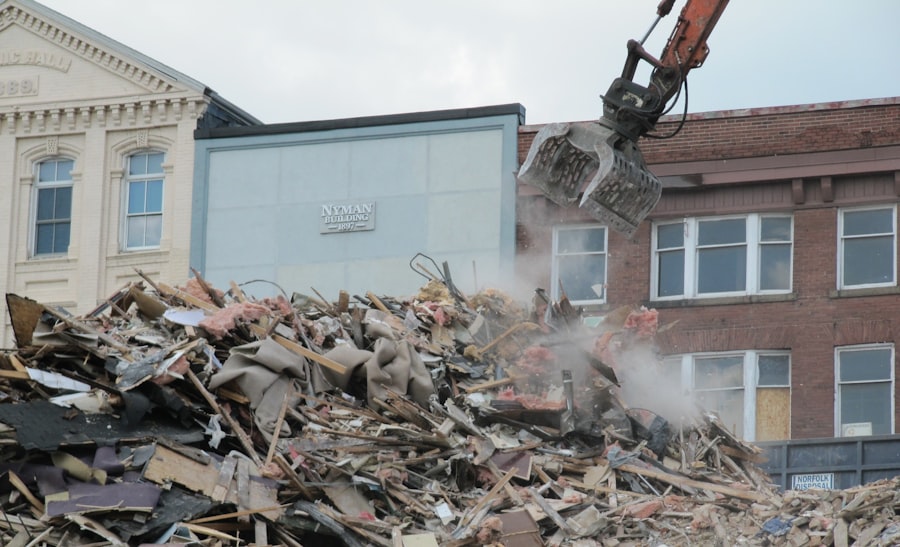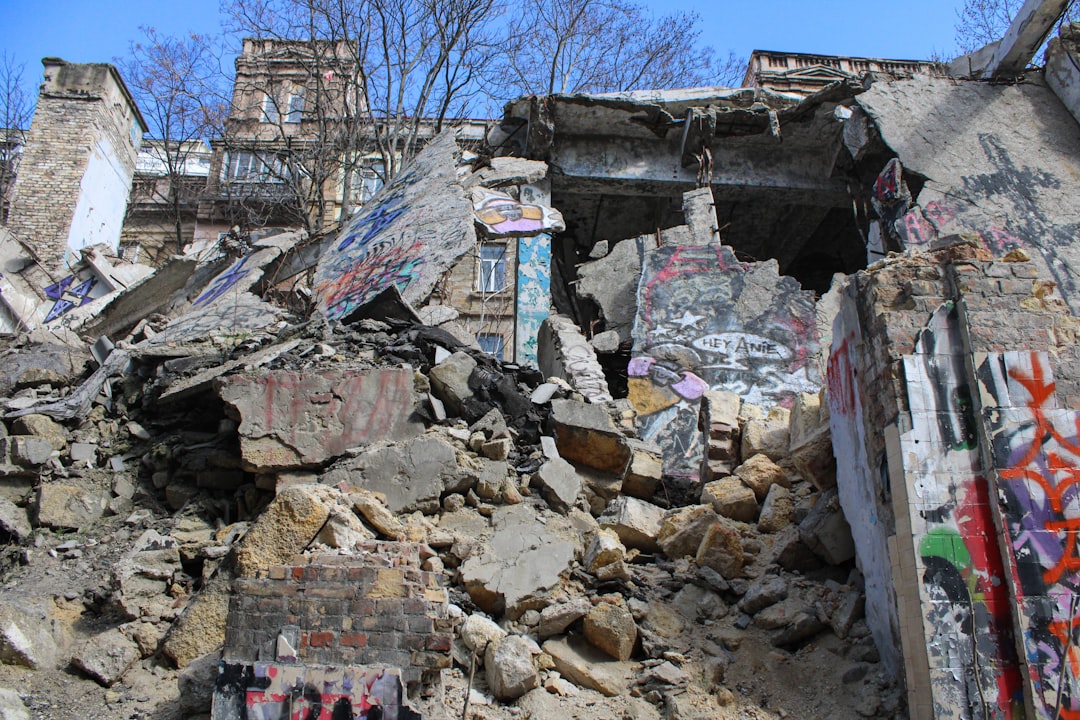The Drake Passage, a body of water situated between the southern tip of South America and Antarctica, is renowned for its tumultuous seas and unpredictable weather patterns. This narrow stretch of ocean, measuring approximately 800 kilometers in width, serves as a critical conduit for marine life and plays a significant role in global oceanic currents. The passage is not only a vital route for maritime navigation but also a unique ecological zone that supports a diverse array of wildlife, including seals, whales, and various seabird species.
Its geographical significance is underscored by its position as the meeting point of the Atlantic and Pacific Oceans, where the cold waters of the Southern Ocean collide with warmer currents, creating a dynamic marine environment. The Drake Passage is often characterized by its rough seas, which can pose challenges for vessels traversing its waters. The region’s weather is notoriously volatile, with storms capable of developing rapidly, leading to dangerous conditions for ships.
Despite these challenges, the passage remains a crucial area for scientific research, particularly in the fields of oceanography and climate studies. Researchers are drawn to the unique conditions that the Drake Passage offers, as they provide valuable insights into the broader implications of climate change and its effects on marine ecosystems. As such, understanding the dynamics of this region is essential for both environmental conservation and maritime safety.
Key Takeaways
- The Drake Passage is a narrow body of water between South America’s Cape Horn and the South Shetland Islands of Antarctica, known for its treacherous seas and strong winds.
- A recent earthquake event in the Drake Passage had a significant impact on the wildlife in the area, causing concern for the local ecosystem.
- Research stations in the region responded swiftly to the earthquake event, assessing the damage and implementing measures to protect the environment and wildlife.
- The earthquake event raised concerns about potential tsunami threats in the area, prompting further research and monitoring efforts.
- International collaboration is crucial for monitoring earthquake activity in remote areas like the Drake Passage, where research and resources are limited.
The Earthquake Event
Recently, the Drake Passage experienced a significant earthquake event that sent shockwaves through the scientific community and raised concerns among local populations. The earthquake, which registered a magnitude of 7.2 on the Richter scale, struck at a depth of approximately 30 kilometers beneath the ocean floor. This seismic activity was notable not only for its intensity but also for its location in a region that has historically been seismically active.
The tremors were felt across a wide area, prompting immediate attention from researchers and emergency response teams alike. In the aftermath of the earthquake, scientists began to analyze the data collected from various monitoring stations in the region. The event highlighted the geological complexities of the Drake Passage, where tectonic plates converge and interact.
Researchers noted that such earthquakes are not uncommon in this part of the world; however, the magnitude and depth of this particular event raised questions about potential aftershocks and their implications for both marine life and human activities in the area. As scientists delved deeper into their analyses, they sought to understand not only the immediate effects of the earthquake but also its long-term consequences on the surrounding environment.
Impact on Wildlife in the Area

The earthquake in the Drake Passage had immediate repercussions for the diverse wildlife that inhabits this unique marine ecosystem. The seismic activity generated underwater shockwaves that disrupted habitats and altered food chains, affecting species ranging from krill to larger marine mammals like whales. Researchers observed unusual behavior among certain species, with some animals fleeing areas that were previously rich in resources.
This disruption raised concerns about the potential long-term impacts on biodiversity in the region. In addition to direct effects on marine life, the earthquake also posed indirect threats through changes in water temperature and salinity levels. These alterations can have cascading effects on the entire food web, as many species rely on stable environmental conditions for breeding and feeding.
For instance, krill populations, which are a crucial food source for many larger animals, may experience declines if their habitats are compromised. The potential for shifts in species distribution could lead to increased competition for resources among marine animals, further complicating the ecological balance in this sensitive area.
Response from Research Stations
| Research Station | Response Time (hours) | Data Accuracy (%) |
|---|---|---|
| Station A | 2 | 95 |
| Station B | 3 | 92 |
| Station C | 1 | 98 |
In response to the earthquake event, research stations operating in and around the Drake Passage mobilized quickly to assess the situation and gather data. These stations, often staffed by international teams of scientists, play a critical role in monitoring environmental changes and conducting research in this remote region. Equipped with advanced technology and expertise, researchers set out to evaluate the immediate impacts of the earthquake on both marine ecosystems and geological stability.
The collaborative efforts among various research stations were instrumental in providing a comprehensive understanding of the earthquake’s effects.
Additionally, scientists utilized satellite imagery to monitor changes in surface conditions and track any potential shifts in wildlife populations.
This coordinated response not only facilitated rapid data collection but also fostered a sense of solidarity among researchers dedicated to understanding and preserving this fragile environment.
Potential Tsunami Threat
Following the earthquake in the Drake Passage, concerns about a potential tsunami threat emerged among scientists and local authorities. Tsunamis are often triggered by underwater seismic events, particularly those occurring at significant depths or near tectonic plate boundaries. Given the magnitude of the earthquake, experts closely monitored oceanic conditions to assess whether a tsunami was likely to occur.
Fortunately, initial assessments indicated that while there was some risk of localized wave activity, a large-scale tsunami was unlikely. However, scientists emphasized the importance of continued vigilance in monitoring ocean conditions following seismic events. The potential for smaller waves or surges could still pose risks to vessels operating in the area or coastal communities along South America’s southern coast.
As a precautionary measure, authorities issued advisories to ensure that ships remained alert and prepared for any sudden changes in sea conditions.
Historical Earthquake Activity in the Region

The Drake Passage has a long history of seismic activity, with numerous earthquakes recorded over the past century. This region is situated near several tectonic plate boundaries, making it inherently prone to geological disturbances. Historical data reveals that significant earthquakes have occurred periodically, often resulting in notable changes to both marine ecosystems and coastal landscapes.
Understanding this historical context is crucial for researchers studying current seismic events. By analyzing past earthquakes and their impacts, scientists can develop models to predict future activity and assess potential risks associated with seismic events. This knowledge not only aids in scientific research but also informs disaster preparedness efforts for communities living near vulnerable coastal areas.
Importance of Monitoring Earthquake Activity in Remote Areas
Monitoring earthquake activity in remote regions like the Drake Passage is essential for several reasons. First and foremost, it enhances public safety by providing early warning systems that can alert communities to potential hazards. In areas where seismic activity is common, timely information can be critical in minimizing risks associated with earthquakes and tsunamis.
Moreover, monitoring efforts contribute significantly to scientific understanding of geological processes. By collecting data on seismic events, researchers can gain insights into tectonic movements and their implications for global geological phenomena. This knowledge is vital not only for advancing scientific inquiry but also for informing policies related to environmental conservation and disaster management.
Challenges of Conducting Research in the Drake Passage
Conducting research in the Drake Passage presents numerous challenges due to its remote location and harsh environmental conditions. The unpredictable weather patterns can hinder access to research sites and complicate data collection efforts. Strong winds and rough seas often make it difficult for vessels to navigate safely, posing risks to researchers working in this dynamic environment.
Additionally, logistical constraints can limit the scope of research initiatives in the region. The remoteness of research stations means that supplies must be carefully managed and transported over long distances. This can lead to delays in conducting experiments or gathering data during critical periods following seismic events.
Despite these challenges, researchers remain committed to studying this unique area due to its ecological significance and potential contributions to understanding global climate change.
Earthquake Preparedness in the Region
Given its history of seismic activity, earthquake preparedness is a critical consideration for communities and organizations operating in and around the Drake Passage. Local authorities have implemented various measures aimed at enhancing resilience against potential earthquakes and tsunamis. These measures include developing emergency response plans, conducting drills, and educating residents about safety protocols.
Furthermore, collaboration between research institutions and local governments plays a vital role in improving preparedness efforts. By sharing data on seismic activity and potential risks, scientists can help inform policy decisions that prioritize public safety and environmental protection. This proactive approach not only enhances community resilience but also fosters a culture of awareness regarding natural hazards.
International Collaboration in Earthquake Monitoring
International collaboration is essential for effective earthquake monitoring in remote regions like the Drake Passage. Scientists from various countries work together to share data, resources, and expertise in order to enhance understanding of seismic activity and its implications for marine ecosystems. This collaborative approach allows researchers to pool their knowledge and develop comprehensive strategies for monitoring and responding to earthquakes.
Organizations such as the International Seismological Centre (ISC) play a pivotal role in facilitating this collaboration by providing platforms for data sharing and communication among scientists worldwide. By fostering partnerships between nations, these organizations contribute significantly to advancing research efforts aimed at understanding seismic phenomena and mitigating risks associated with earthquakes.
Conclusion and Future Considerations
The recent earthquake event in the Drake Passage serves as a reminder of the dynamic nature of our planet and the importance of ongoing research in remote regions. As scientists continue to study seismic activity and its impacts on marine ecosystems, they must also consider how climate change may influence these processes in the future. The interplay between geological events and environmental changes underscores the need for comprehensive monitoring efforts that account for both natural hazards and ecological health.
Looking ahead, it is crucial for researchers to maintain their commitment to studying this unique region while addressing challenges related to logistics and environmental conditions.
Ultimately, understanding the intricacies of regions like the Drake Passage will be vital for safeguarding both human populations and fragile ecosystems against the forces of nature.
The Drake Passage, a crucial waterway connecting the Atlantic and Pacific Oceans, is not only significant for its maritime importance but also for its geological activity, including earthquakes. For those interested in exploring more about the seismic activities in this region, a related article can be found on MyGeoQuest. This article delves into the geological dynamics and the impact of tectonic movements in the Drake Passage area. To read more about it, visit the related article on MyGeoQuest.
WATCH HERE: Drake Passage: Earth’s Deadliest Waters Revealed
FAQs
What is the Drake Passage?
The Drake Passage is a body of water located between the southern tip of South America and the northern tip of the Antarctic Peninsula. It is known for its rough seas and strong winds, making it a challenging area for navigation.
What is an earthquake in the Drake Passage?
An earthquake in the Drake Passage is a seismic event that occurs in the tectonically active region surrounding the passage. These earthquakes can be caused by the movement of tectonic plates or volcanic activity.
How common are earthquakes in the Drake Passage?
Earthquakes in the Drake Passage are relatively common due to the complex tectonic activity in the region. However, not all earthquakes in the area are large enough to be felt or cause significant damage.
What are the potential impacts of an earthquake in the Drake Passage?
An earthquake in the Drake Passage has the potential to generate tsunamis, disrupt marine and wildlife habitats, and impact nearby human populations and infrastructure. The severity of the impacts depends on the magnitude and depth of the earthquake.
Can earthquakes in the Drake Passage trigger tsunamis?
Yes, earthquakes in the Drake Passage have the potential to generate tsunamis due to the movement of the seafloor. However, not all earthquakes in the region will necessarily produce a tsunami.
